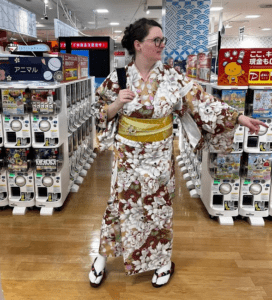
Dernière mise à jour le 14 July 2025
Our last stop during this month-long travel through Japan was Tokyo. Very first time we set foot in the capital city of Japan, since we landed in Osaka and travelled North without passing by Tokyo.
Leaving Nikko, we rode the train to Utsonomya, then the Shinkansen to Tokyo Station. First impression: it’s huge, but I was honestly expecting something worse than this.
We spent 11 nights in Tokyo, late May and early June 2023.
Hi there! I’m a French-speaking writer and blogger and most of my content is in French. Please leave a comment to let me know if you enjoy my articles in English and would like me to continue translating my original posts!
In this post, I’ll share what we did in the Eastern part of Tokyo. Another one will describe the Western part, and a third one will be dedicated to one-day trips from the capital city.
Here’s our complete Tokyo itinerary, with the content of this post in bold:
- Day 0 : arriving in Tokyo and free tour in Akihabara (our hotel neighborhood)
- Day 1 : Toyosu and Odaiba
- Day 2 : Ueno
- Day 3 : one-day trip to Kawaguchiko and Oshino Hakkai (mount Fuji views) ↗️
- Day 4 : Ochanomizu/Jimbocho, Ginza, Gotokuji↗️
- Day 5 : Ikebukuro↗️
- Day 6 : Shinjuku et Shibuya ↗️
- Day 7 : one-day trip to Kamakura ↗️
- Day 8 : Asakusa and Tokyo Skytree
- Day 9 : Imperial Palace and Tokyo Station
- Day 10 : one-day trip to mount Takao (mount Fuji views) ↗️
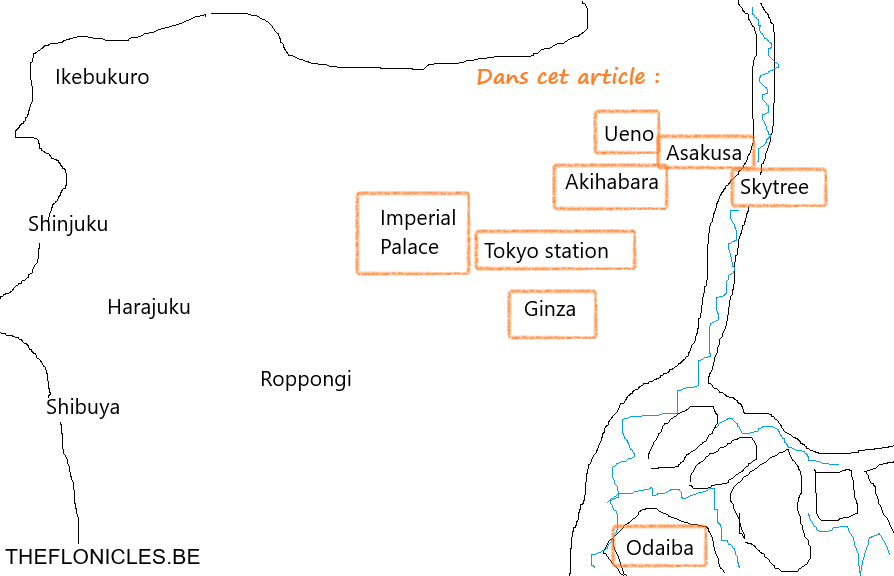
Choosing an area to stay in Tokyo
We decided to stay in Akihabara (affectionately known as Akiba), the otaku and pop culture area. Amateurs of manga, video games and electronics gather in Akiba to look for collectibles or good deals in the many second hand and specialized shops of the neighbourhood.
We chose the place because it was one of the best situated areas to have access to a wide range of public transportation means, going all directions. The other area to consider is Shinjuku, which has a great situation regarding public transportation but is also the place to be for shopping and nightlife.
As we are geeks (and no shoppers and nightlifers), and Akihabara seemed calmer than Shinjuku, we chose to stay in the Electric town (another nickname for Akihabara). It was also a bit faster to reach the airport from Akiba, and most of our planned visits in Tokyo were on the Eastern side, with a lot of them at a walking distance from Akihabara.
We had to go to Shinjuku twice to take a non-local train that was only leaving from there, and once more to ride a long distance bus. It only takes approximately 15 minutes to go from Akihabara station to Shinjuku station.
On a dû se rendre deux fois à Shinjuku pour prendre un train, et une autre fois un bus, qui ne partaient que de là. Il y a une gare de bus qui effectuent des trajets longue distance à Shinjuku, sur base de ton itinéraire si tu dois souvent emprunter ces bus ça peut être un meilleur choix.
We found a hotel with a €100 rate per night, right next to the station. We purposely chose “mid range” hotels and didn’t look for the cheapest options: comfort and a short distance from stations were our priorities.
First steps in Akihabara
We didn’t have a plan for our first afternoon in Tokyo, but we were lucky to arrive on a Sunday, the day where the center Akihabara is a pedestrian only area, so we didn’t look any further. We just wandered in the large streets, enjoying the evening and visiting a few geeky shops.
It’s worth mentioning that, although it’s super nice to be allowed to walk in the middle of the streets, Sundays get quite crowded in Akihabara. If you want to shop, I’d definitely recommend choosing another day, as “everybody”, locals and tourists alike, seem to enjoy chasing otaku goodies and electronic appliances on that day. Streets don’t feel crowded, since pedestrians are not confined to the pavements, but the small alleys of the shops feel different.
We were crazy enough (in fact, ignorant at the time), to visit Bic Camera that night to buy our Nintendo Switch (which is cheaper in Japan and can be bought Tax free, lower the price 10% in addition). Check my article on everything there’s to know about Japan for your first trip for advice about shopping.
So yeah, basically, huge queues in Bic Camera that day. Definitely plan another day for shopping (or maybe try earlier in the day if you really want or have to go on a Sunday).
We never really spent a full day in Akihabara, since we were staying there and could see or do what we wanted to do there after coming back from our trips.
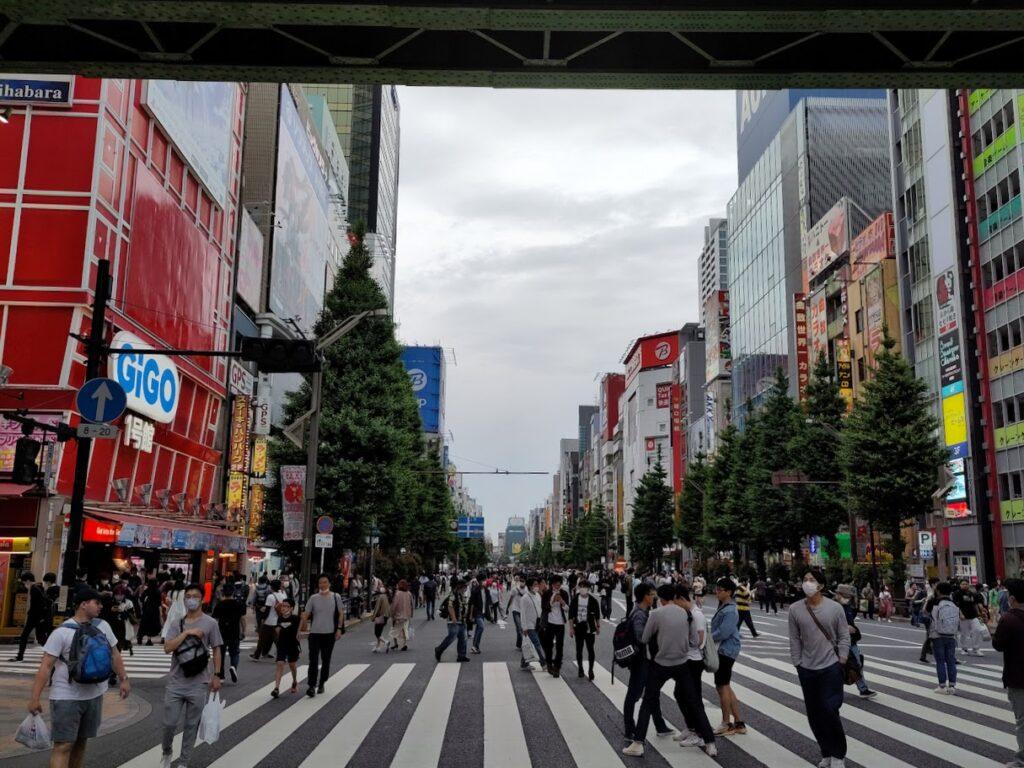
Eating and drinking in Akihabara
Some pub next to the station but I cannot find the name🌟
We randomly found that place and went for a meal at 8 PM. I dont’ think you can really qualify it as an “izakaya”, because it’s not a counter setting, but the food is really similar and you can drink beers or highballs. It was quite busy and lively but there was still room for us. Orders can be made on a tablet (a nice perk when you have to order in a foreign language and the crowd is loud).
There were many things on the menu, we went for yakitori (chicken on a stick), tuna steak, kimchi octopus, chicken meatballs, karaage (fried chicken), but the menu still had tons of possibilities and only our stomach was the limit. To rince it, we finally tried the famous highball, a whisky and lemon soda mix.
Our feast cost 4.100 yens (about €25*) for the two of us. Unfortunately, the place doesn’t seem to be referenced on Google but this is more or less the address: 1 Chome-16-10 Sotokanda, Chiyoda City, Tokyo 101-0021, Japan
Sushi Ginzo 🌟
For our last meal, we wanted to have sushi, so we picked that restaurant really close to the station area, and it was delicious or not pricey.
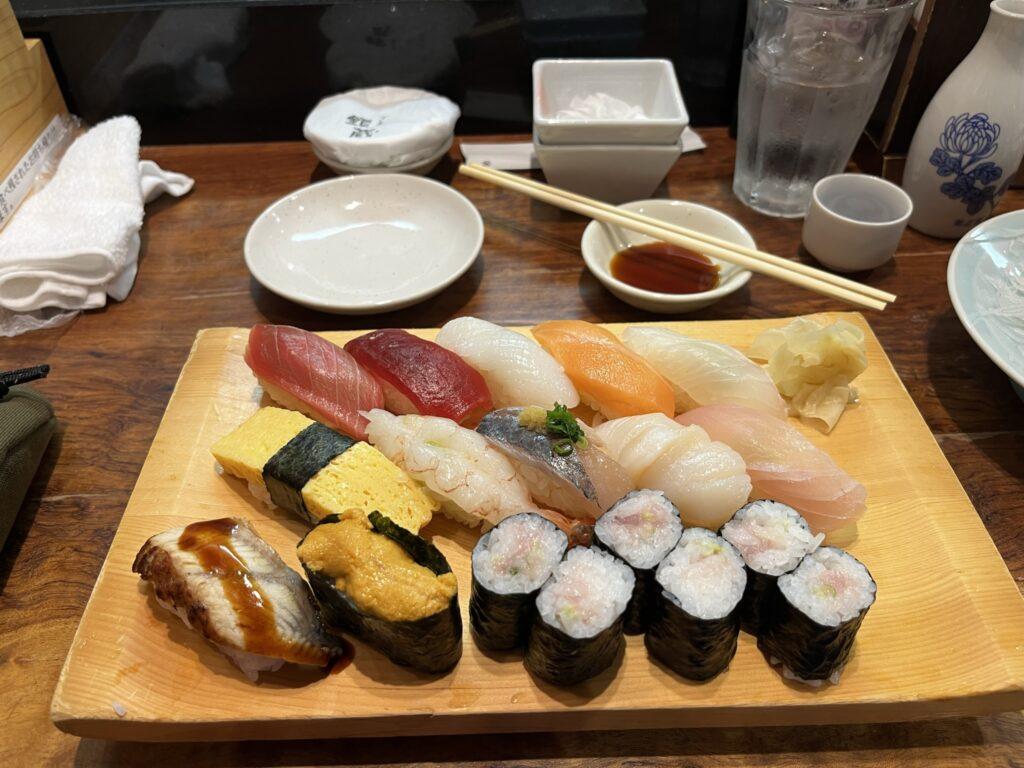
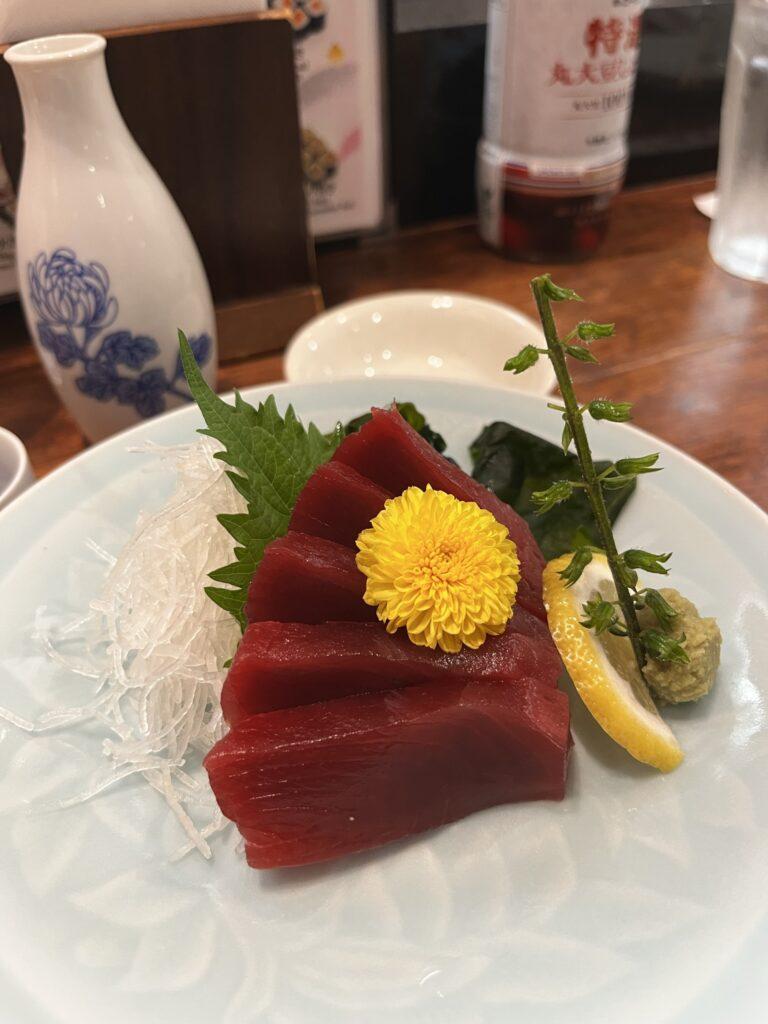
MR.waffle (Belgian waffles in Tokyo!)🌟
We came across that Belgian waffle shop by chance in the Akihabara station. You can have them heated on the sport or take them home and heat them yourself (you get a little how-to guide to do this properly).
Pico Crepe (stuffed pancakes in a cone shape)🌟
This kind of pancake is really popular in Japan and exist in sweet or savoury versions, stuffed with various fillings (ice cream, whipped cream, fruits, chocolate, sweets…) and served in a cone shaped, easy to take away and eat outside. As a sweet tooth, I enjoyed them very much. This specific shop is in one of the covered alleys boarding Akihabara station (East-West passage, where the Square Enix Cafe stands).
MeishuCenter (saké tasting and shop)
This shop has a wide variety of “sake” (“nihonshu”) and it’s possible to taste them. They also have small snacks.
We were really hyped by this, as we have a passion for distillery and brewery products, and found out that the real sake you find in Japan is just delicious. However, this was one of the very few addresses we were disappointed with. The shop keeper didn’t seem keen to give us advice on the products, even getting the slightest information about how to read the information labels was not easy (not language-wise, but just because the person seemed bothered to answer to our questions). In the end, we didn’t like any of the sakes we picked for tasting.
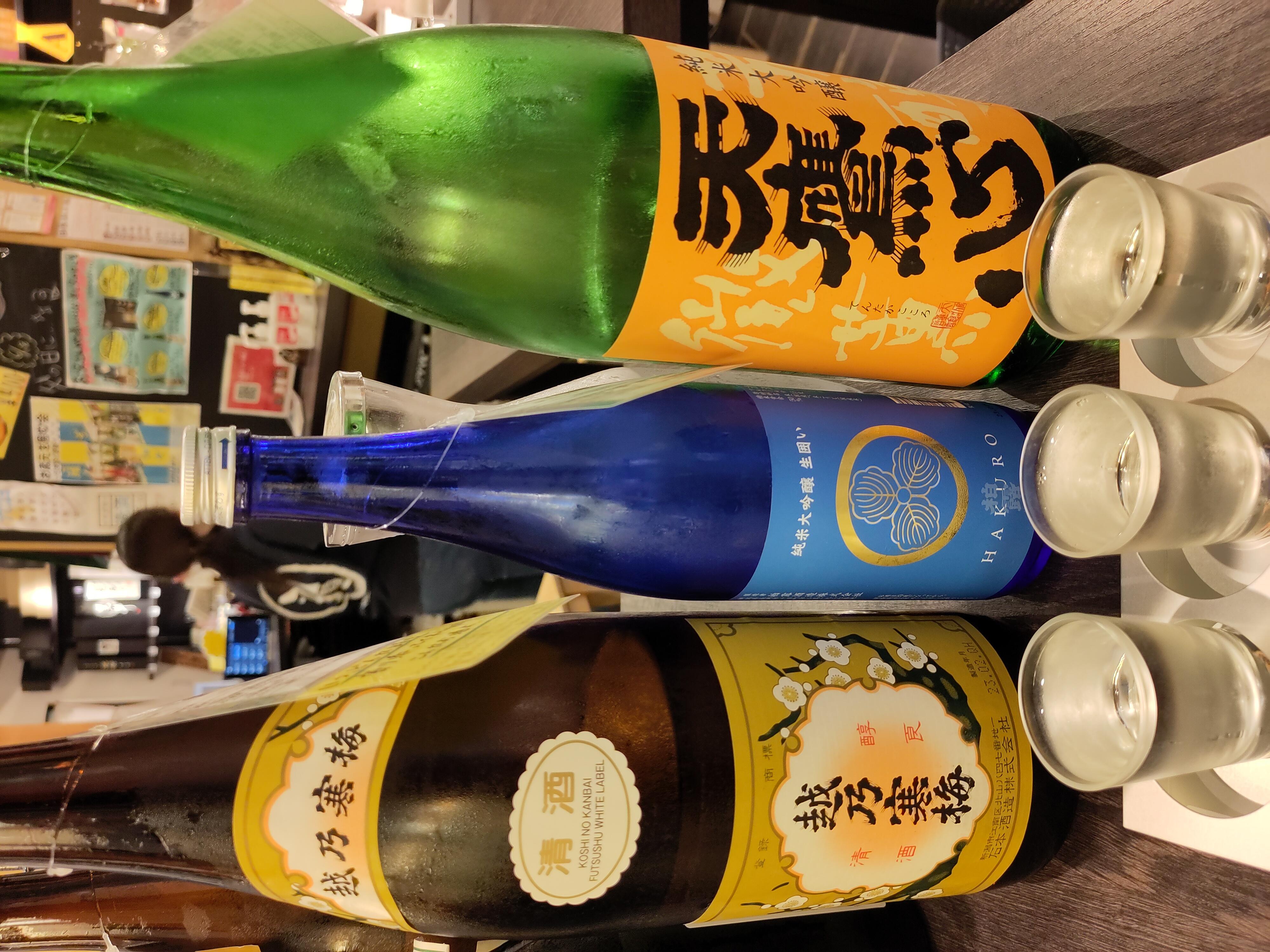
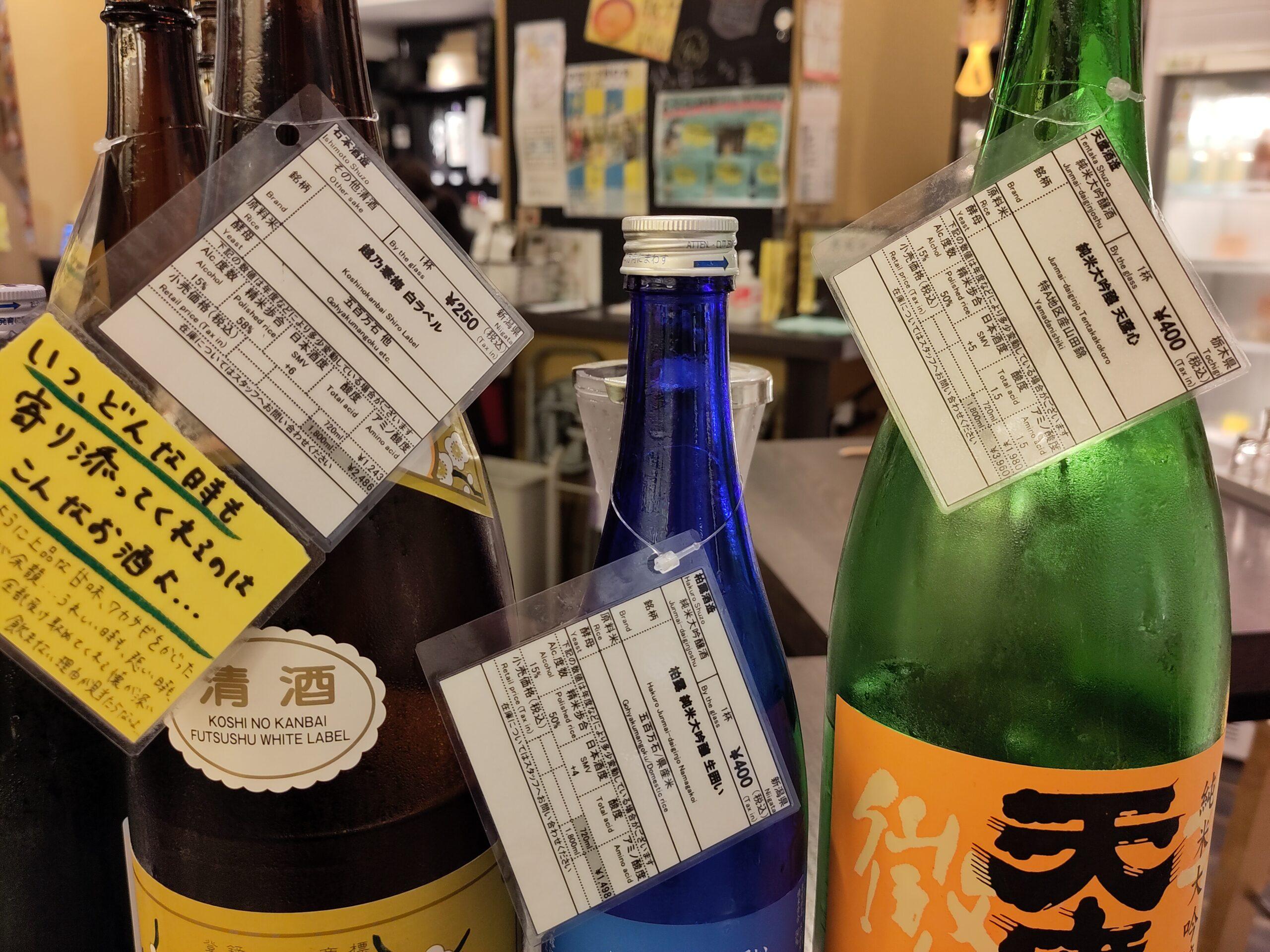
Yasubee (tsukemen) 🌟
Almost facing our hotel (more precisely, in front of the Starbucks cafe), was a restaurant that is easy to miss: Yasubee. We had to queue a little but it’s one of the rare places where we found tsukemen, and they were amazing, with a slightly spicy broth, sesame and bamboo (a bit different from the go-to salt, soy sauce or miso ramens).
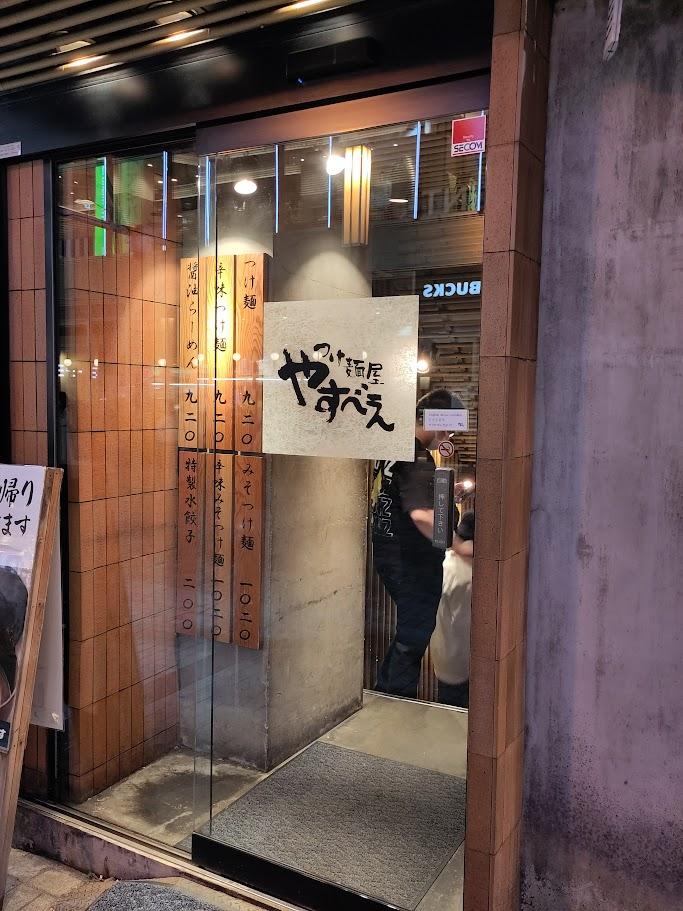
Toyosu
We spent our first full day in Tokyo around Toyosu and Odaiba. It was an epic Monday, because we slept past 7 AM (which is not so easy to do since the sun rises early in Japan).
During our whole stay in Tokyo, we made sure to use public transportation before and after peak hour. After a coffee and breakfast near the hotel, we arrived on the train platform at 8.40. It was still crowded so we let a few more trains pass by. At 8.50, there were already fewer passengers, so we went on with our journey.
Avoiding crowds in trains
There is only a proper peak hour in the morning. In the afternoon, commuters come back home over a larger period of time. When riding public transportation in the morning, try to avoid the most crowded times (for your own sake, but also for locals heading to work at that time). Sometimes, waiting 10 minutes is enough see the platforms get lighter crowd-wise.
teamLab
Our first stop of the day was in Toyosu, to visit teamLab Planets. To get there, we rode a train, a subway and a skyliner. teamLab is an art collective creating interactive experiences in Japan. They are present is different cities and their exhibitions, which are often temporary, vary from one to another.
There was a huge crowd at the entrance, but we knowingly bought our tickets in advance so no issue. People were let in in waves, but this measure wasn’t sufficient for me, I still think there were too many of us at the same time in each room. In some of them, it was really unpleasant and we got stuck behind people going full “photoshoot mode” for their social networks and blocking the flow of visitors.
So, yeah, I wouldn’t recommend if you like to wander in a chill way and are not big on crowds.
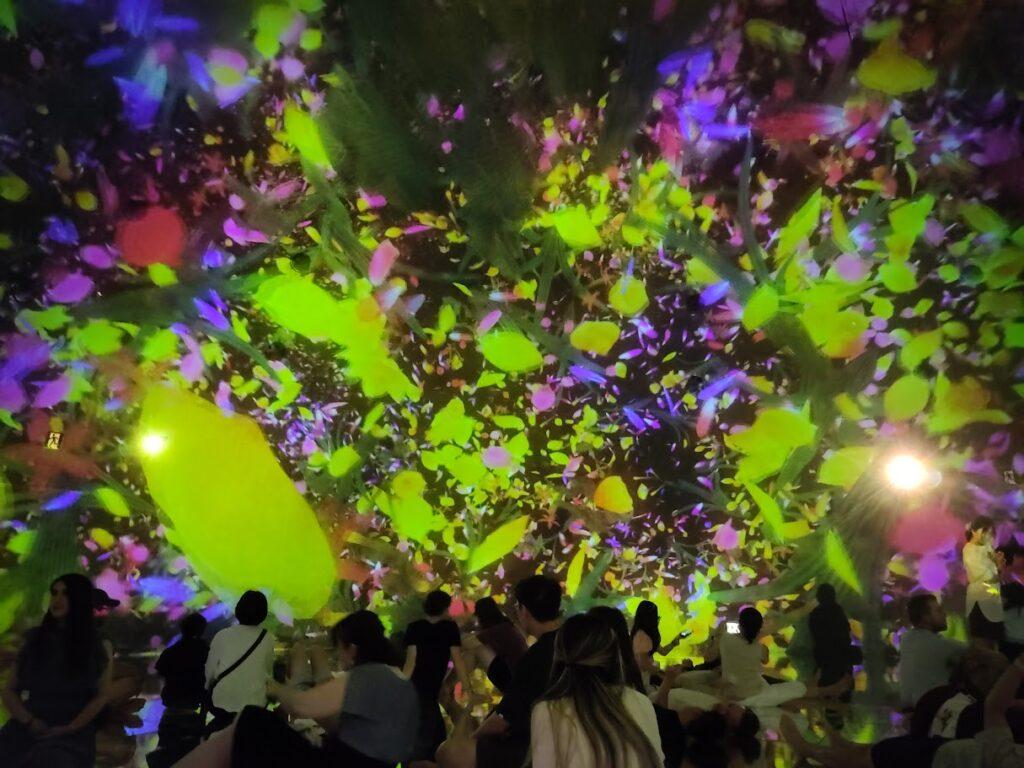
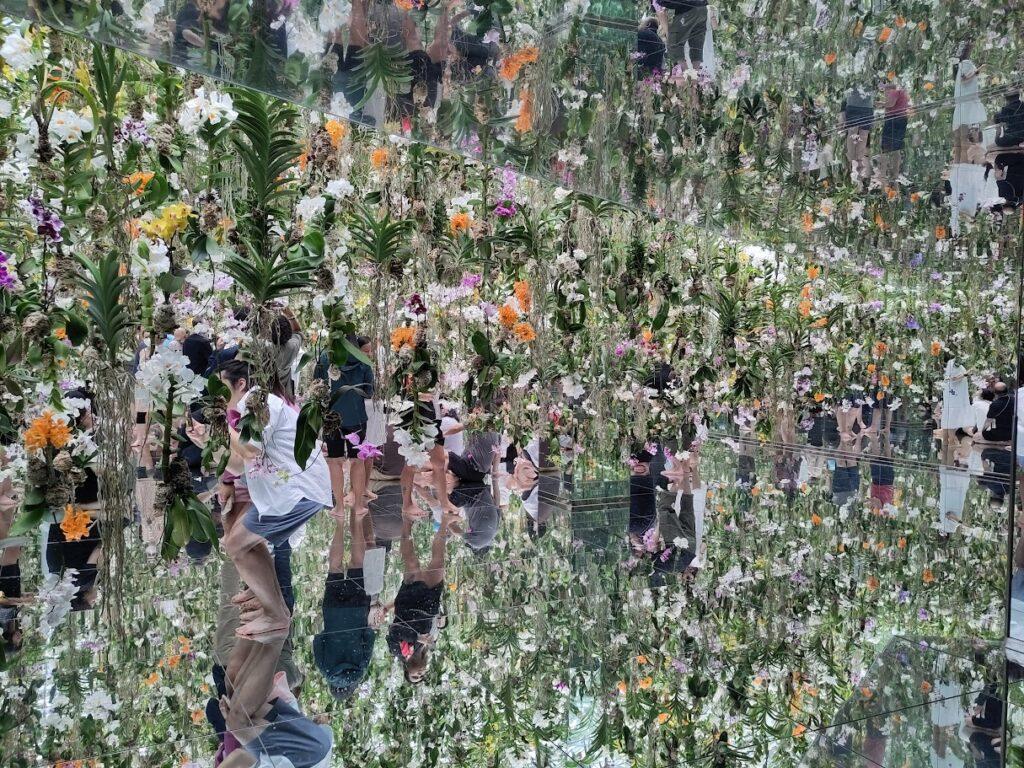
Toyosu fish market⭐️
After teamLab, we walked 10 minutes to reach the Toyosu fish market. Early risers can witness the biddings on fresh fish (at 4 AM if I remember well). For others, a small museum gives information about tuna fishing, auction biding, and history of the fish market…
Although I’d probably enjoy seeing the auction, on that day, we were there for the other interest of the fish market: sushi restaurants! We arrived at 11.30 and made our choice (pretty easy: we picked the one place with a full tuna set on the menu).
We ate a bit earlier than usual, and it was a good move as a long queue formed in front of our restaurant at noon. And I get it: the food was amazing! After a full month in Japan, this meal sits in my top 3 best ones.
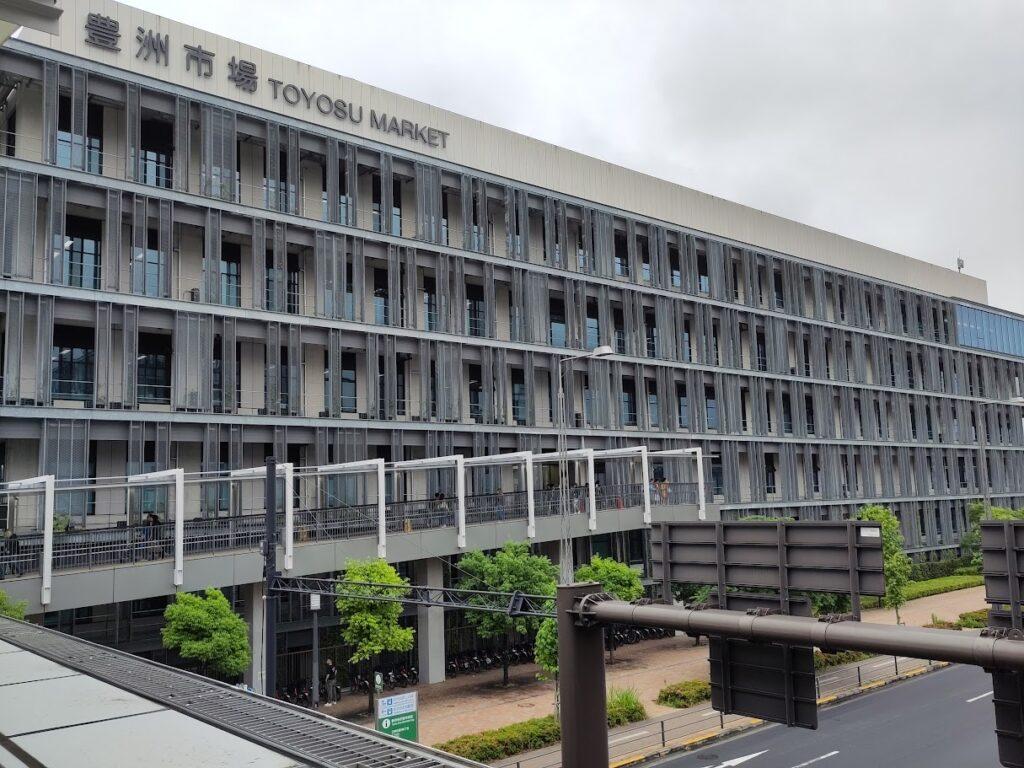
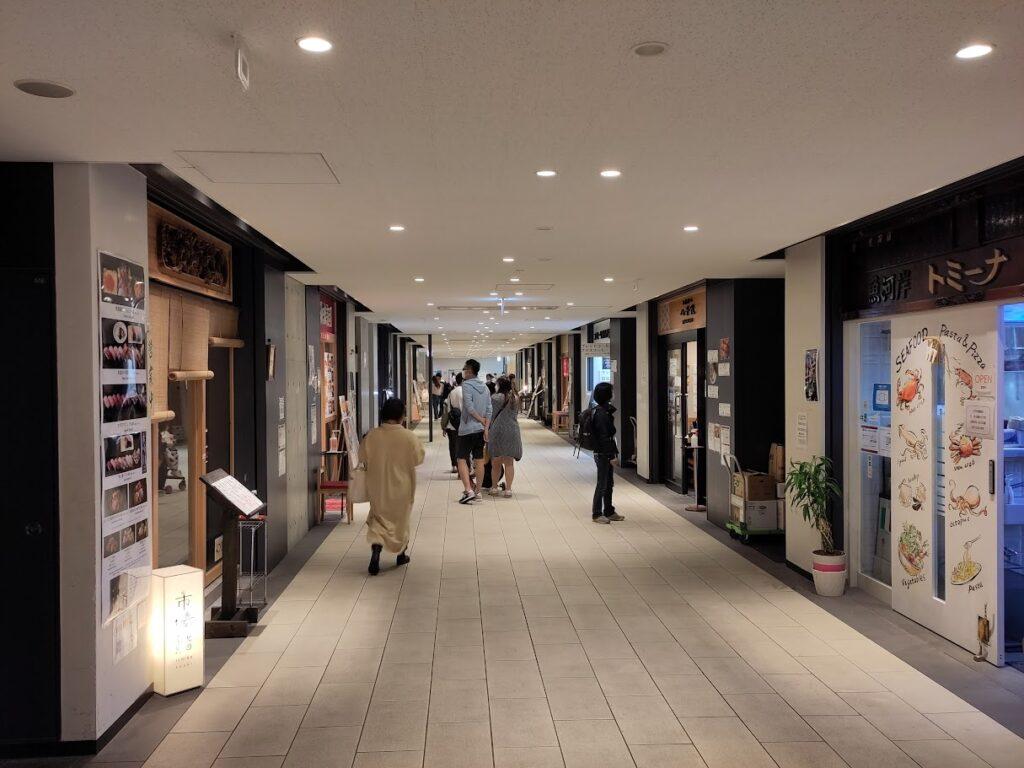
Odaiba
Gundam Unicorn, sneak peek at Round 1 Stadium and Unko Museum at DiverCity Tokyo Plaza
After our morning in Toyosu, we rode the skyliner again to go to Odaiba, an island with a sea view. It’s a modern area for walking along the water, shopping or visiting amusement facilities. We went to see the life-sized Gundam Unicorn statue, which is animated four times a day (and we were lucky to catch one of those sessions). Probably worth it for the fans (I saw a few moved faces in the crowd.
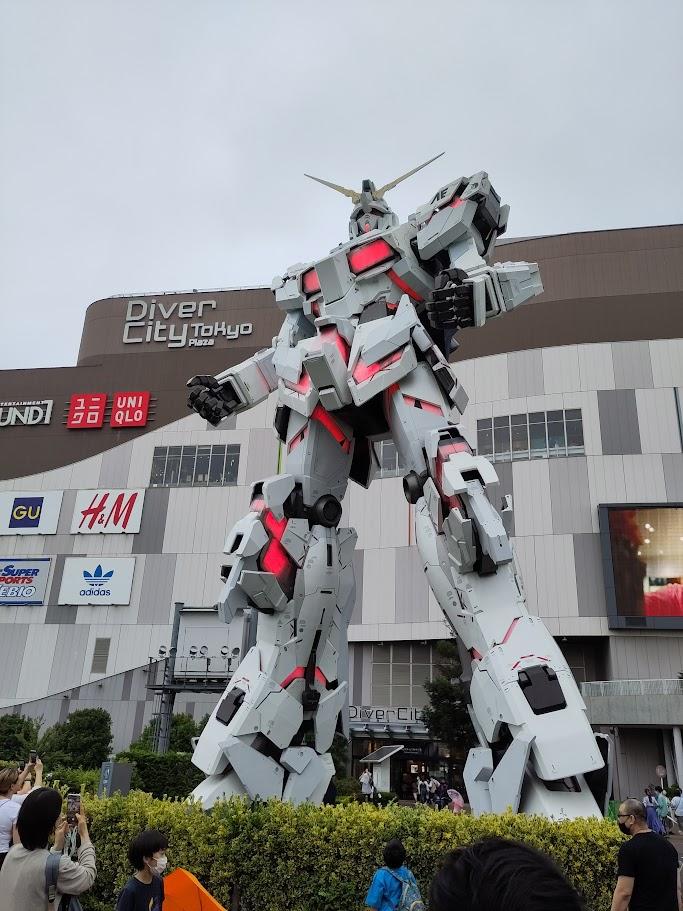
After this, we intended to go to the amusement center Round 1 Stadium at DiverCity Tokyo Plaza, the mall just behind the statue. Round 1 is a place where you can enjoy various leisure activities like electronic games, pool, bowling, karaoke… However, it was really crowded that day, full of kids and teenagers (although it was a weekday), far from what we have envisioned (that is: chilling), so we ran away.
Same with the poop museum, Unko museum. A lot of kids running and shouting made us turn around.
In fact, the whole mall was really crowded and we barely found a place to sit and have a drink while thinking about our next step, that is, something to replace Round 1 Stadium and Unko museum, taking into account it’s pouring rain.
National Museum of Emerging Science and Innovation Miraikan ⭐️
Our go-to destinations when we’re traveling and have time on our hands, while the weather is awful, are museums. Even better if we find a science or technology museum. We discovered there was such museum in the area, the Miraikan. We arrived at 3.30 and really enjoyed the visit, we were a bit sad that it would close at 5 because we could have stayed a bit longer.
I really recommend it to geeks of innovation, science and technology.
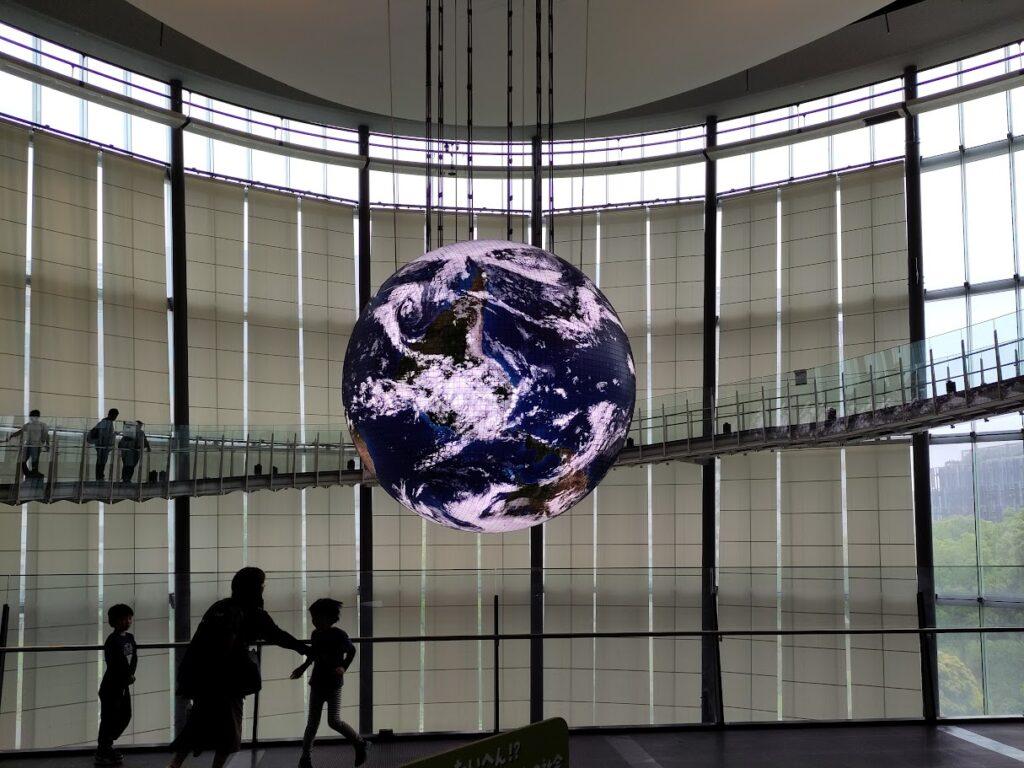
To end the day, we headed back to Akihabara for a little of shopping at BookOff and paid a visit to the konbini for diner and next day breakfast.
Ueno
Ueno Park
We decided to go to park of Ueno by walking. There is a big pond there, and it was almost completely covered in water lilies, impressive view! We also passed by an earthenware market by chance, as well as a few little shrines.
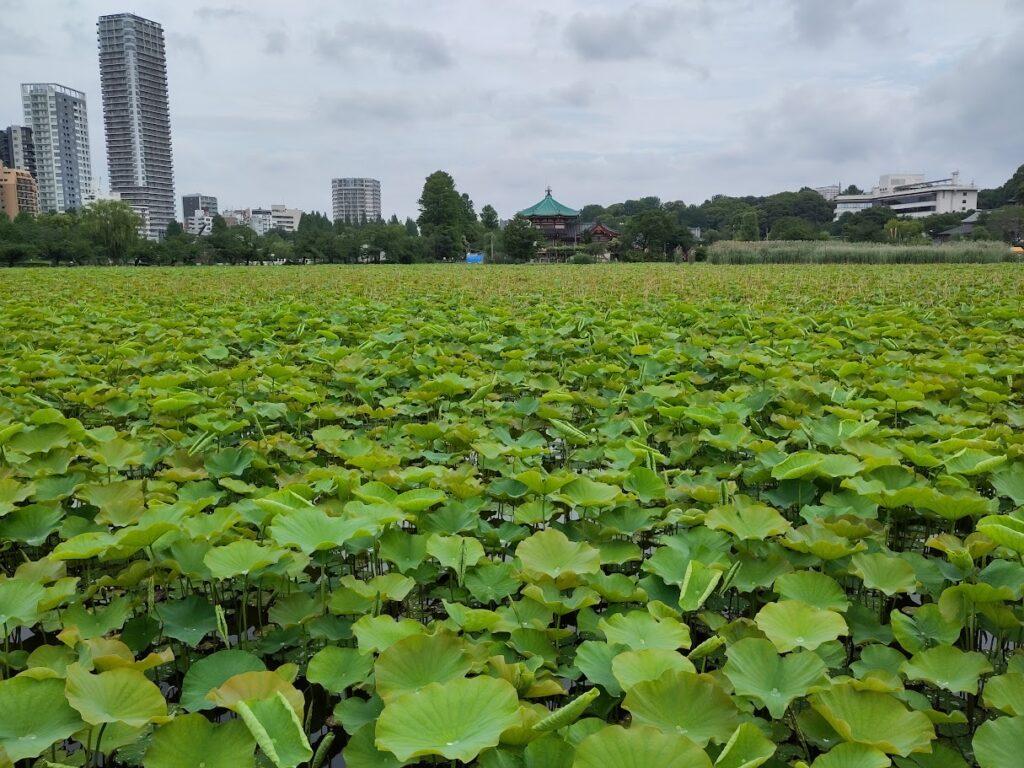
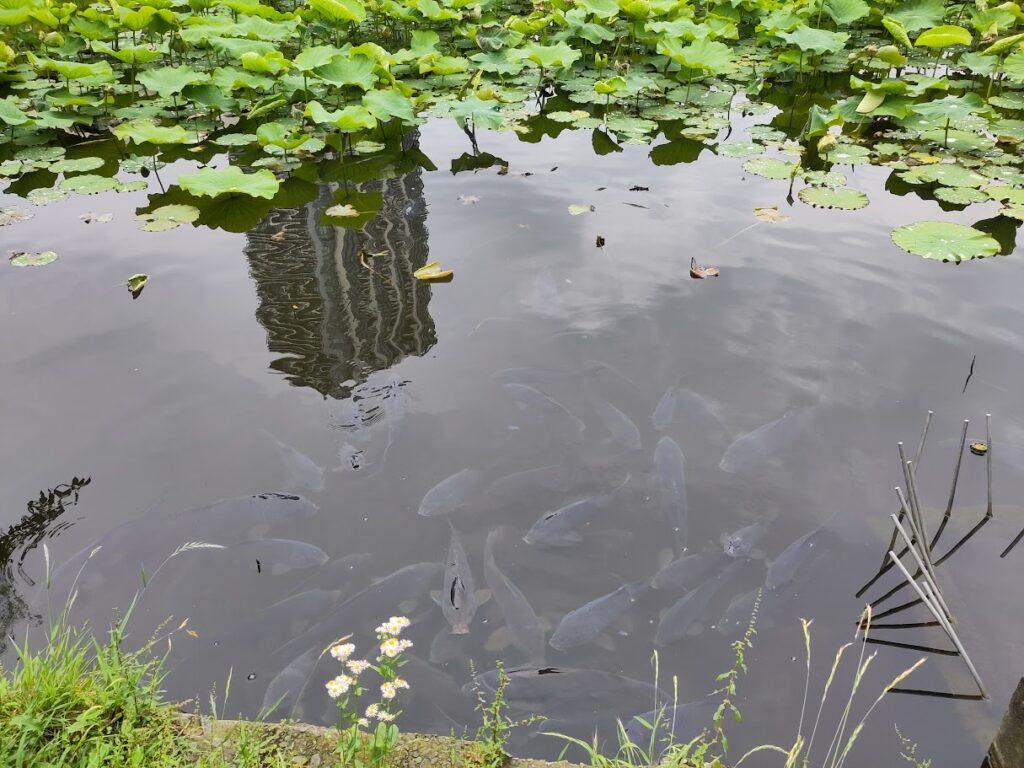

The park is also home to the famous zoo of Ueno, but we didn’t visit it. We were there for the National Museum of Tokyo.
We spent 4 hours in it (needless to say, it was really interesting), then refueled on udon noodles at a stall on the museum grounds. Next on our list was the science museum, but the visit of the national museum was intense, and since we visited another science-related museum the day before, we changed our mind.
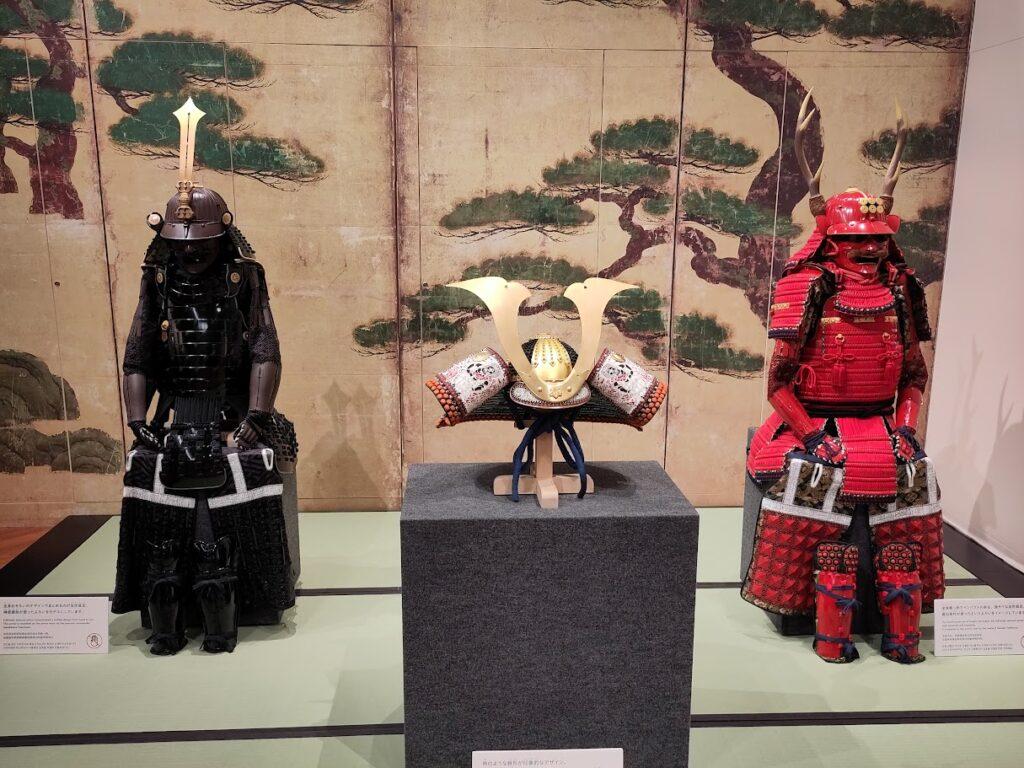

We tried to find a Korean town which we read about on the Internet, but it turned out it was just a street which grocery shops, while we were expecting street food or restaurants.
Eating out and going back to Akihabara for some more games and books shopping, and that was it for the day.
Cat themed book shop in Jimbocho⭐️
From Akihabara, we walked to Ochanomizu to go check a cat themed book shop (thanks Tokyo Kiwi for the tip!). Walking 20 minutes to go there was so worth it, I had a really hard time choosing what to buy (I wanted it all), I managed to limite myself to just three books and a paire of fingerless gloves to warm up my hands while writing. Totally going to go back to that shop next time I’m in Tokyo!
🔖Anekawa Bookstore Jimbocho Nyanko-do / 猫本専門 神保町にゃんこ堂
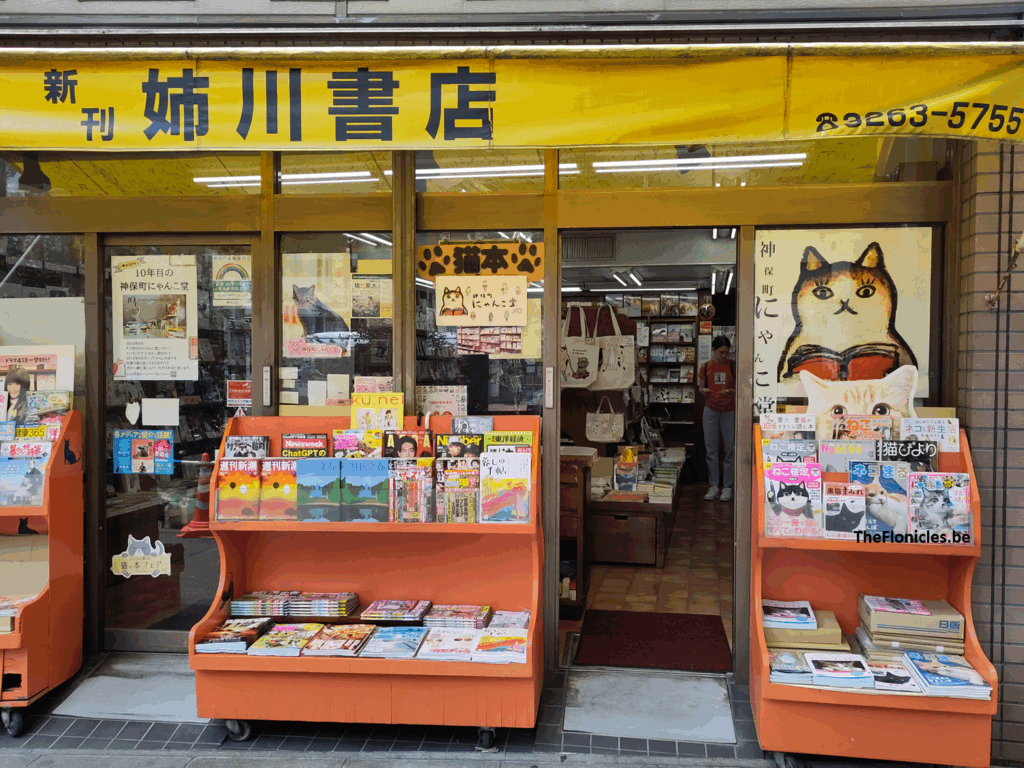
Omakase in Ginza⭐️
From Jimbocho, we went to Ginza with the subway. We booked a omakase meal (chef’s choice) in a sushi restaurant with online bookings and were the staff can speak English. At the entrance, an hostess is registering guests, then bringing them table by table to their seats (the restaurant is a few floors above, there’s a lift).
It was an incredible experience, and although it’s more expensive than most food experiences in Japan, I highly recommend trying it at least once. After entering the room, the hostess announces our names and the sushi chefs welcomed us with their famous expression while shouting. Might be my hypersensitive side speaking, but every time I remember that very moment, I get very emotional.
We chose our menu during the booking process, so we just had to pick our drinks and let the chef guide us through the meal. Each couple or group has their own chef and they’re very friendly. We could add one item to our meal at some point (as an extra). I mean, we don’t get the opportunity every other day, so of course we went for it.
So, I found out raw prawn and raw scallops are incredible. Apart from those, we tasted various kinds of fish and seafood from different regions of Japan.
As for the price, we paid about €240 for the omakase (about 18 pieces), the extras (two huge shrimps each, and an ursin extra for my partner), the dessert and sake, for two.
Asakusa
Asakusa is also reachable by foot from Akihabara. It’s famous for its kitchenware shops and for the most famous shrine of Tokyo. Our mission was to find a real Japanese knife for my lover, who used to be a cook and still loves making food.
We also checked the tableware for some nice, useful souvenirs, but also fake sample food, totally useless but so fun as decoration.
The main entrance of Asakusa is Kaminarimon, a really famous gate. It’s very touristy there (if you don’t care about it, try entering the neighbourhood from another access point). A bit further, you’ll find the not less famous Sensoji temple.
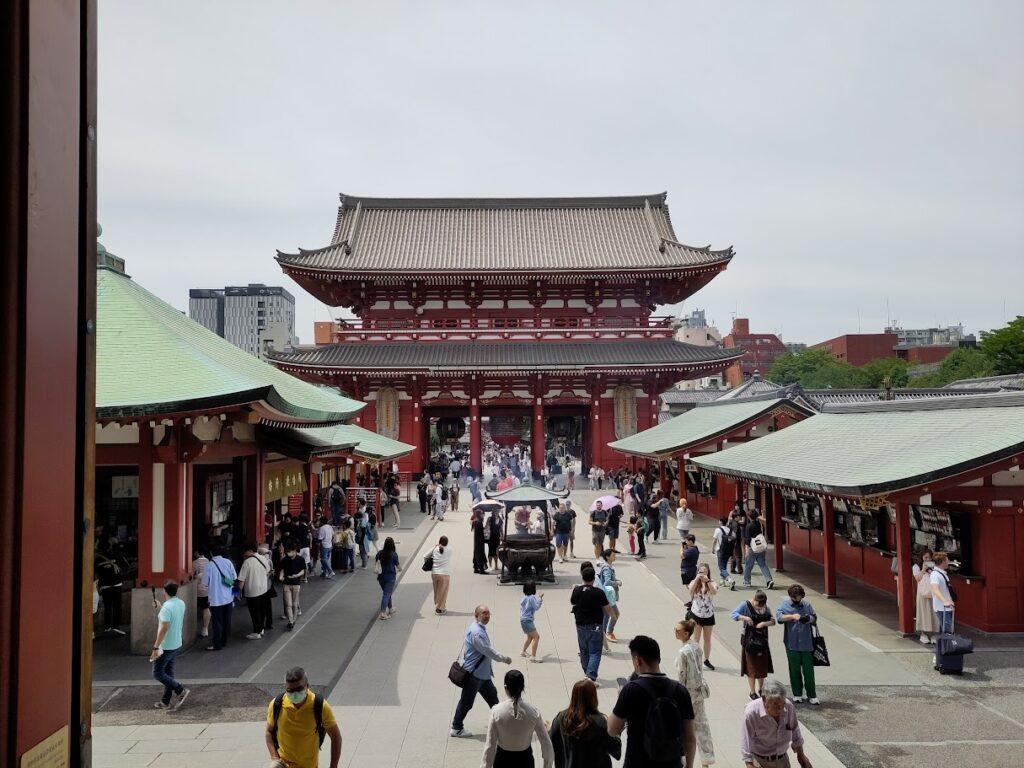
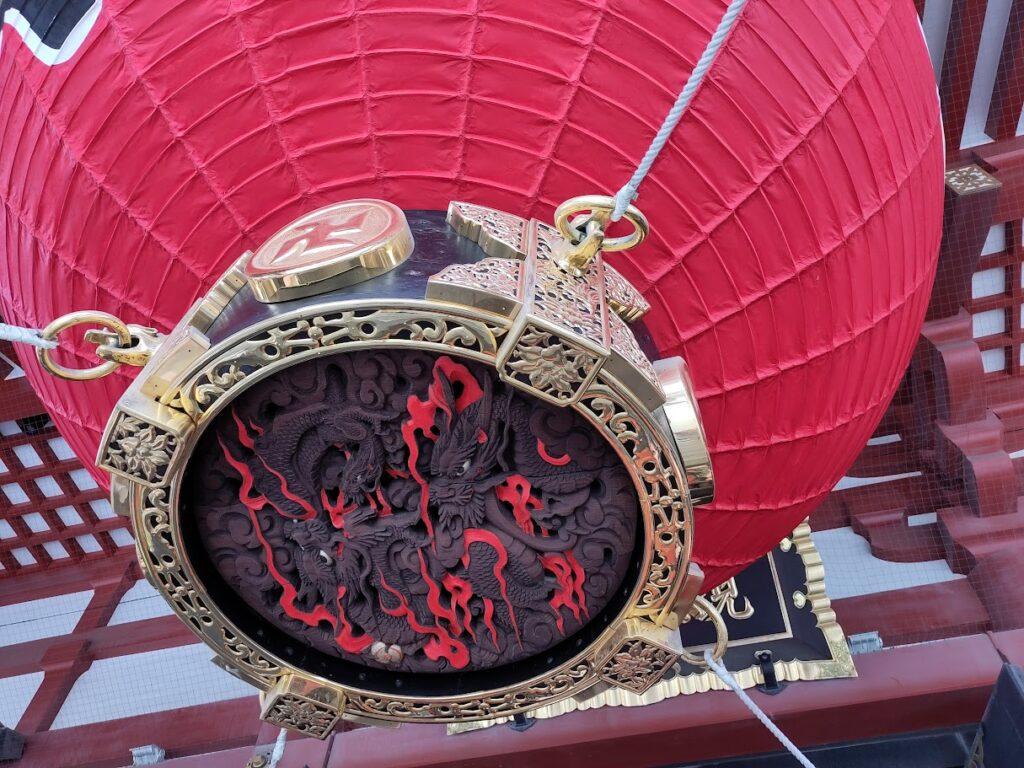
On our way to the kitchenware streets, we pass by streets with very touristy shops (probably the only place where you can find your usual “I love Tokyo” t-shirt, and the like), then Hoppy street, a square with izakayas (which open in the late afternoon). We come across big chicken croquettes then resume towards Kappabashi, the kitchenware area.
In Kappabashi, the atmosphere is really different, it feels less touristy, it’s calmer, more chill. My partner found his Japanese knife, I found some matcha accessories, and a few souvenirs like a nice mug or a fake sushi magnet.
We spent quite some time there, as we really enjoyed it, but around 2 PM, we started to feel really hungry. We picked a tempura restaurant, which is a local speciality. We were super happy with our choice. The restaurant is open all day, from mid morning until late, so you can go for a meal whenever you please.
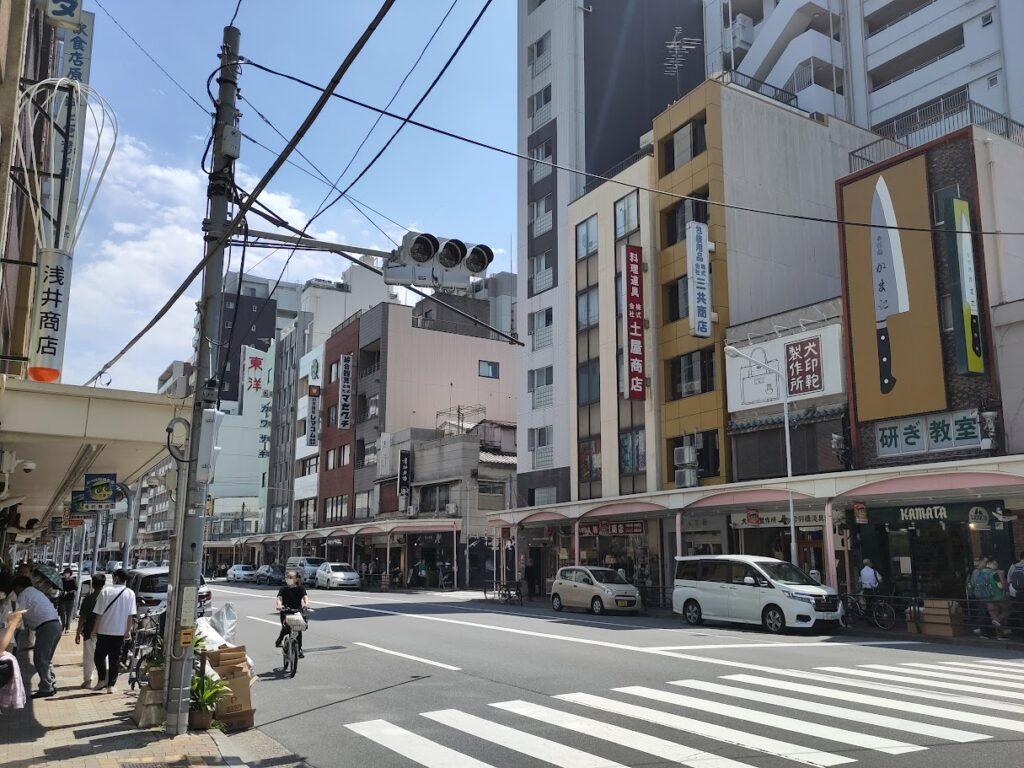
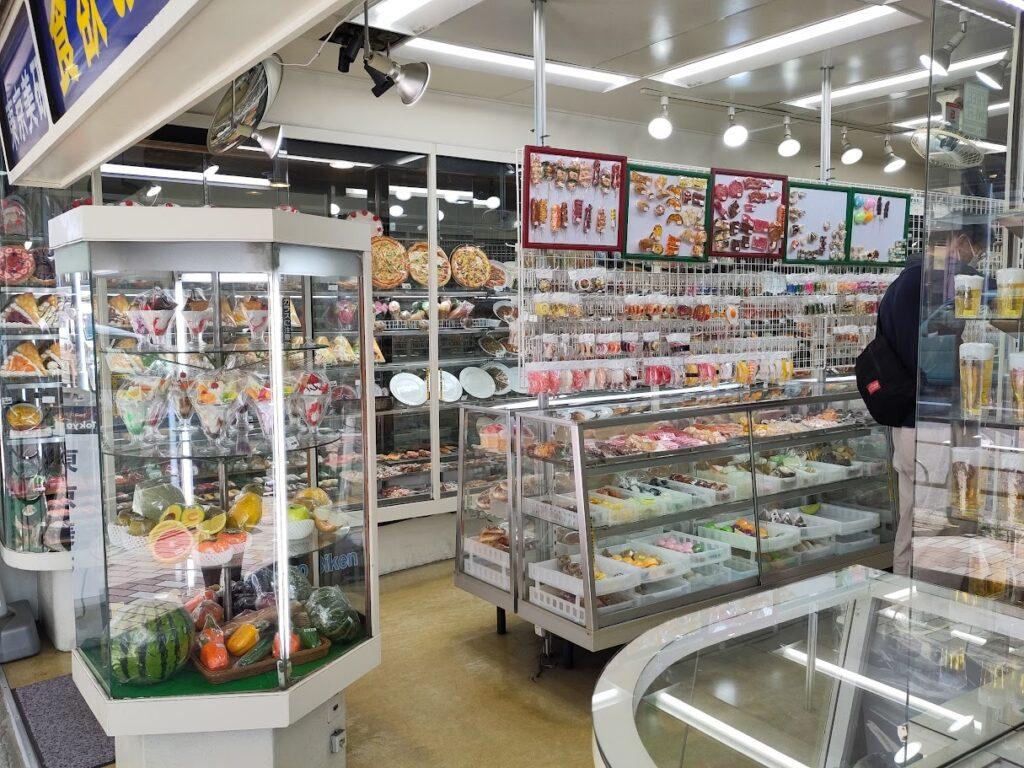
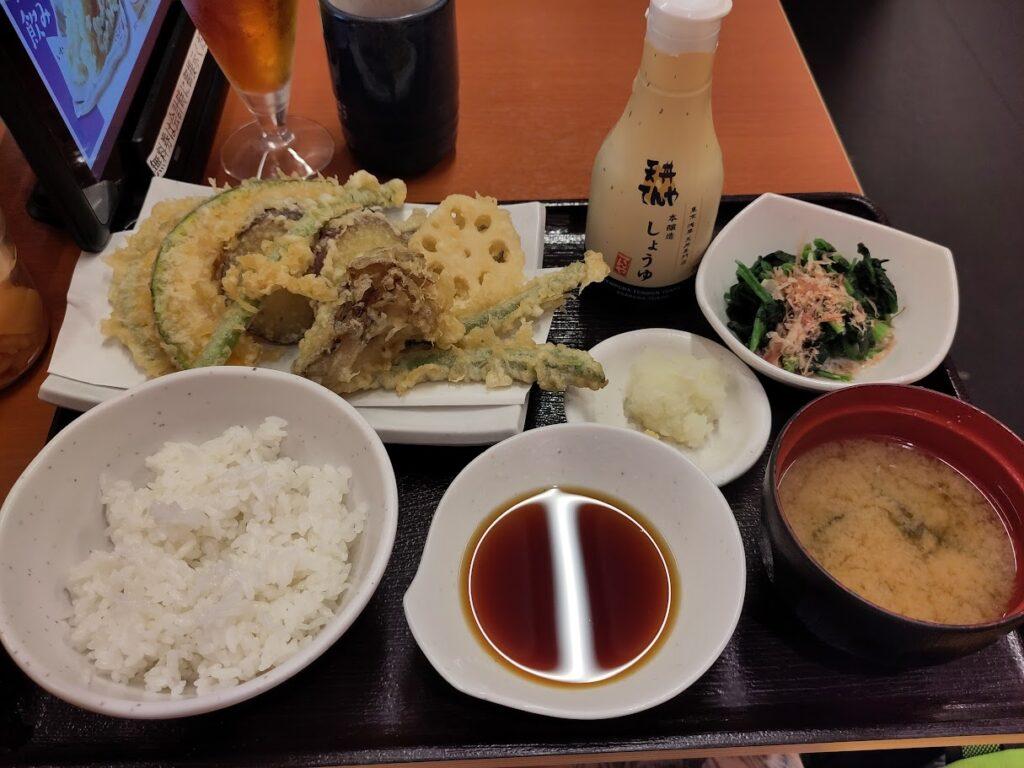
Tokyo Skytree
From Asakusa, we walked 15 to 20 minutes until the Tokyo Skytree area. It’s on the less touristy side and felt nice and calm.
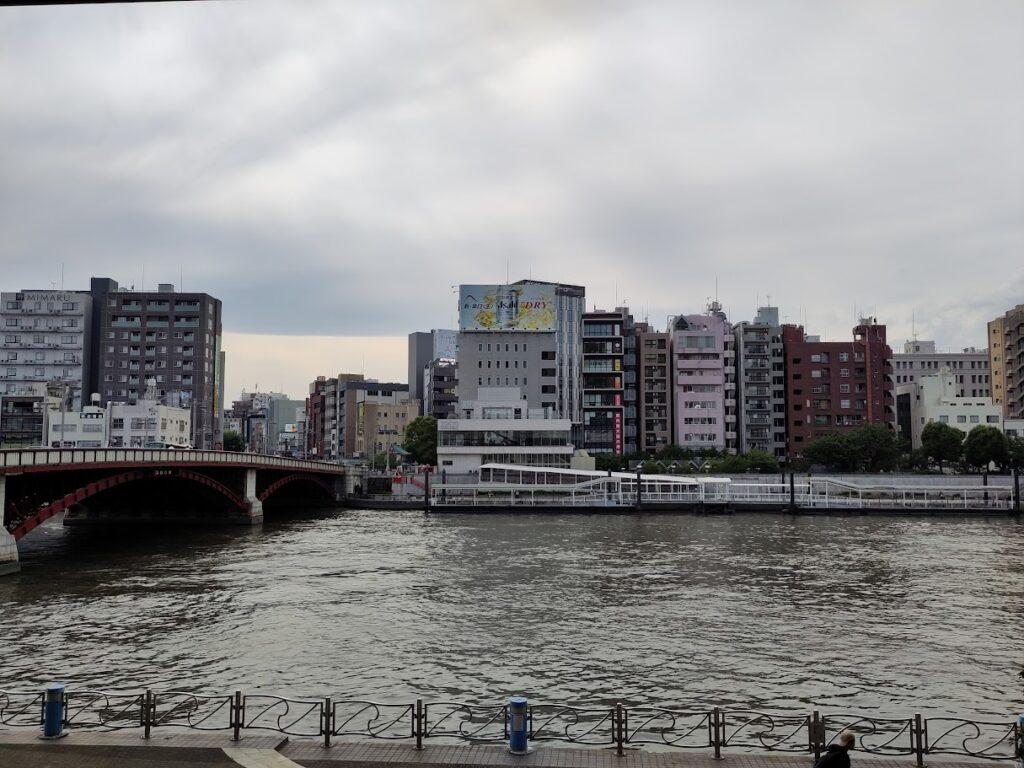
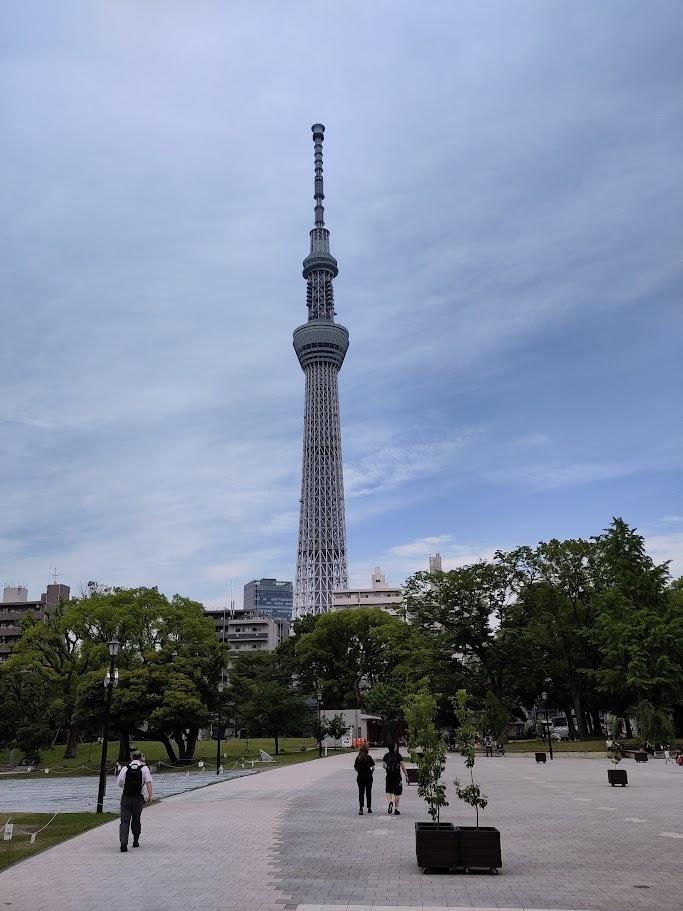
On the tower grounds, you’ll find a few otaku stores. But first, we take the lift to enjoy the 360° view from above. When the weather conditions are good, you can see Fuji-san from the Skytree. We were unlucky again (none of our attempts to see Fuji succeeded).
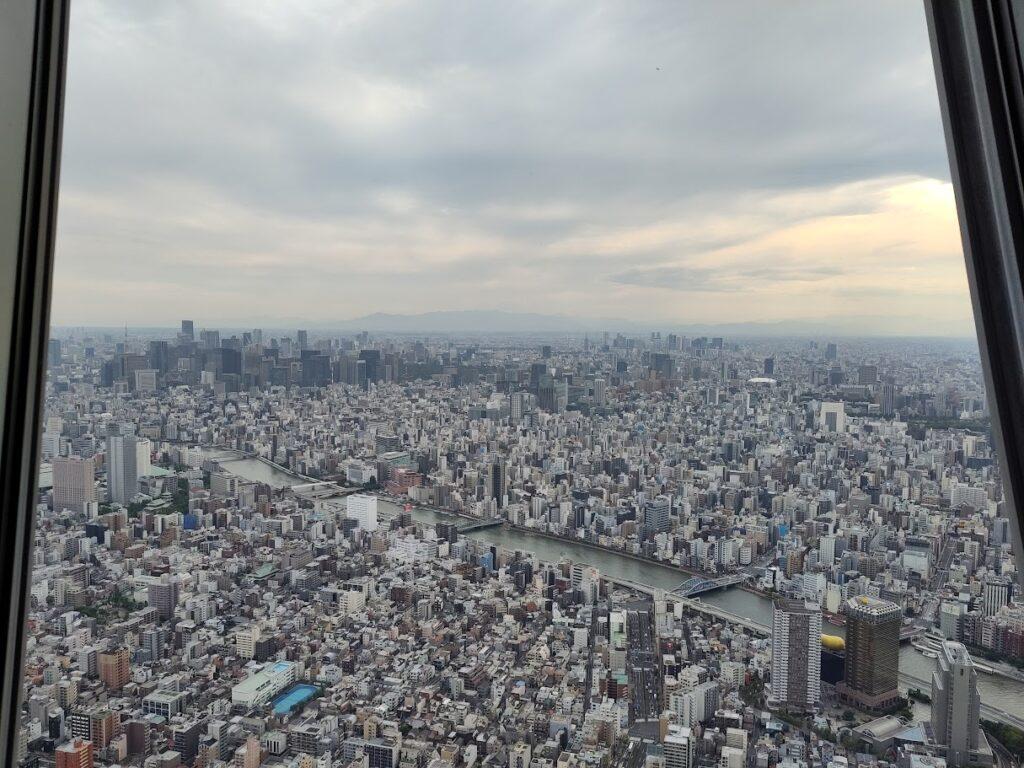
I said we’re not big on shopping (clothes and the like), but we really enjoyed it in the Tokyo Skytree building. There were a few geek shops, but also original and local products. My biggest crush was Kyototo, were they sell clothes and accessories embroidered in Japan. They cat-themed stuff, but also pieces showing cultural, folk and historical symbols of Japan, from food and produce to yokai, Japanese dogs, illustrations of Fuji, ninja, sumo… (or, you name it, a Mount Fuji shaped cat).
There’s also a Ghibli shop there. Although there’s a bit everywhere in Japan, each shop as its own collection and some pieces are to be found in one of them only (and their shops are always beautiful).
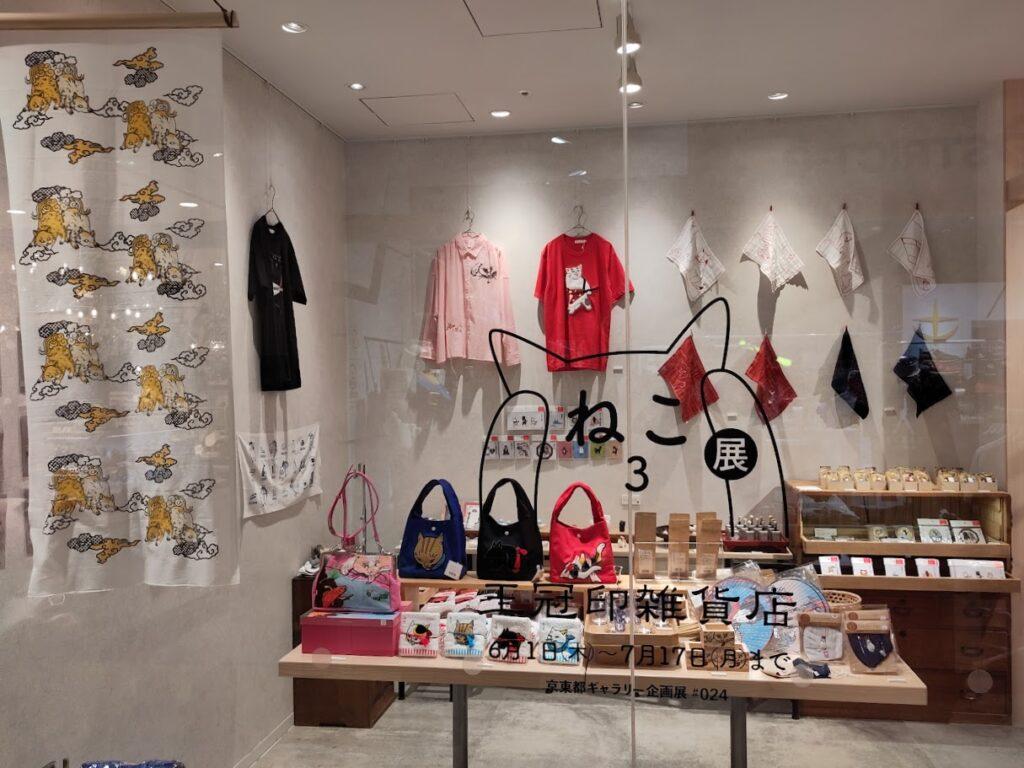

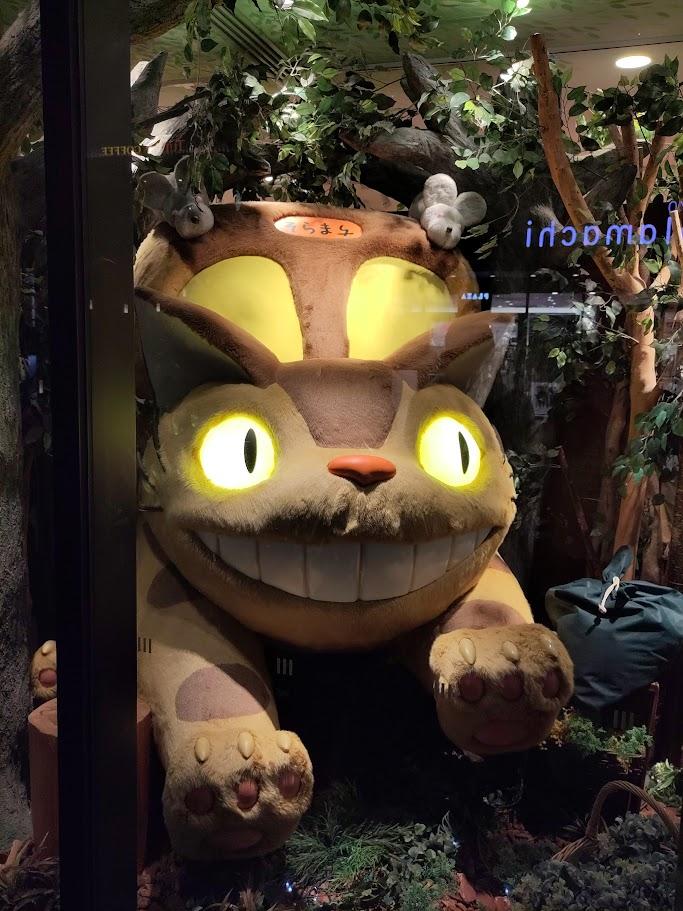
Kirby Café
Kirby was the very first video game I remember playing, and I wanted to visit the Kirby Café even more than the Pokemon Café. And I love the Kirby Café way more. The decoration inside is amazing and I liked the food better. Also, the visitors were almost all adults, while the visitors of the Pokemon Café were mainly families. (If you read the whole article so far, you might have understood that I like quietness…)

Imperial palace
The imperial palace was 30 minutes walking from Akihabara. We booked a slot online. The visit is free but there is a limited availability for walk-in visitors. There was a big queue and I guess many people were denied the right to visit (there are only two visits a day because you cannot wander freely, all visits are guided), so you better make that online booking
Guided tours are conducted in different languages. If you can join another group than English (as was the case for us joining the French group), said group is way smaller, making it even more pleasant to visit. The tour lasts about one hour.
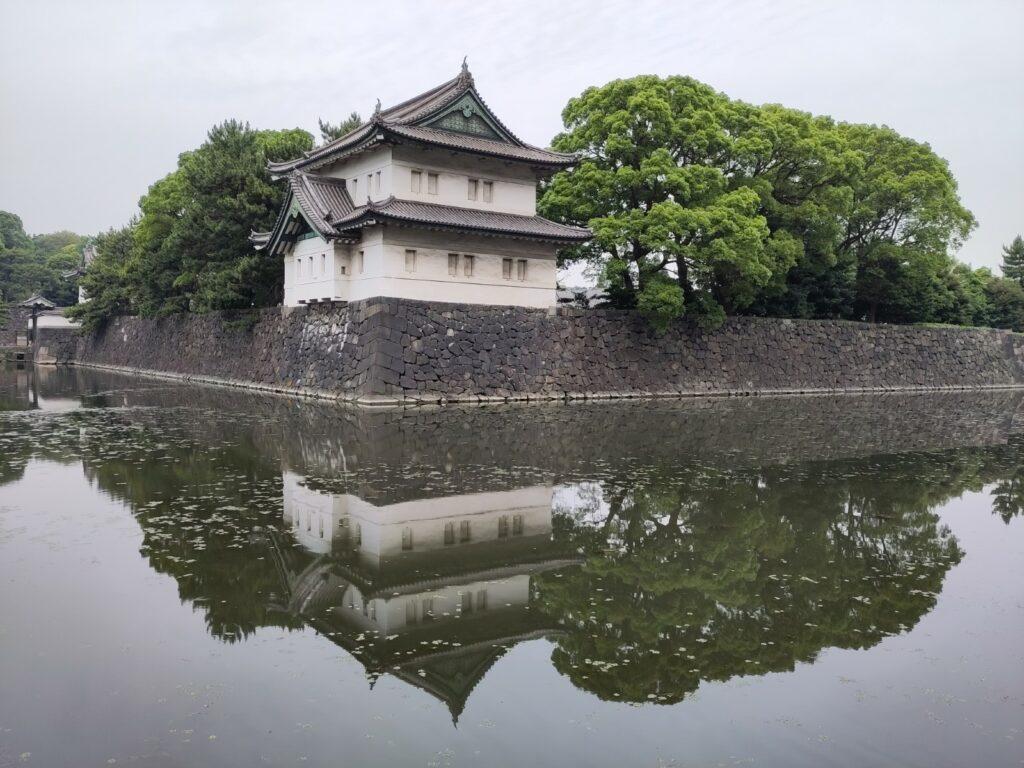
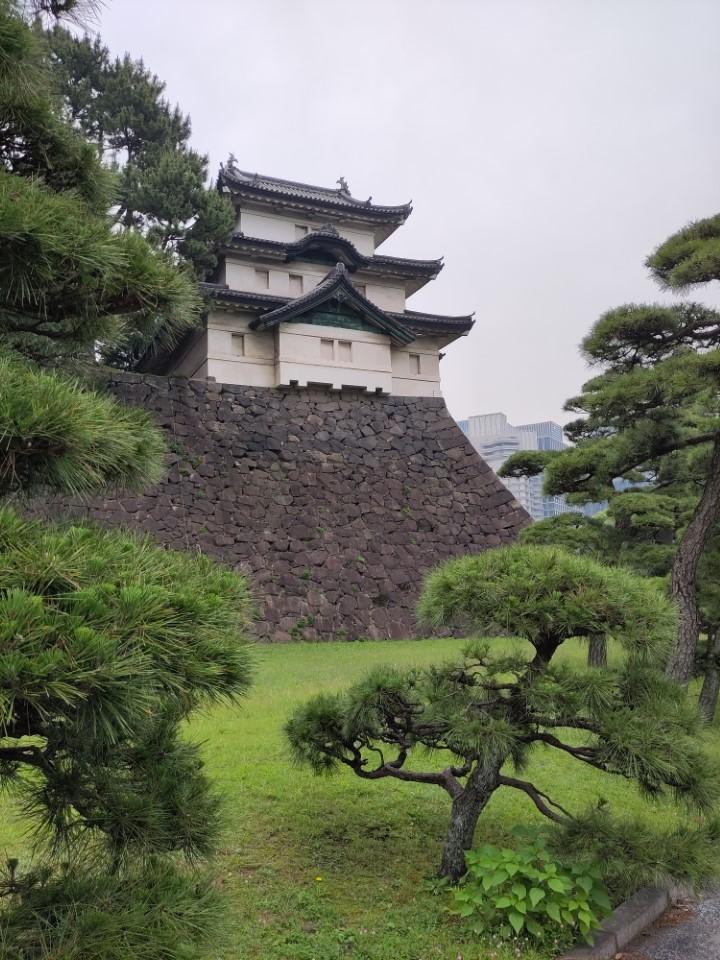
Tokyo Station
After the Imperial Palace, we walked to Tokyo Station for lunch, and by chance we came across a bar of one of the Japanese craft beer I spotted while planning our trip: Hitachino Nest. As they also served some food, we grabbed a beer and a hot dog. Their beers are good!
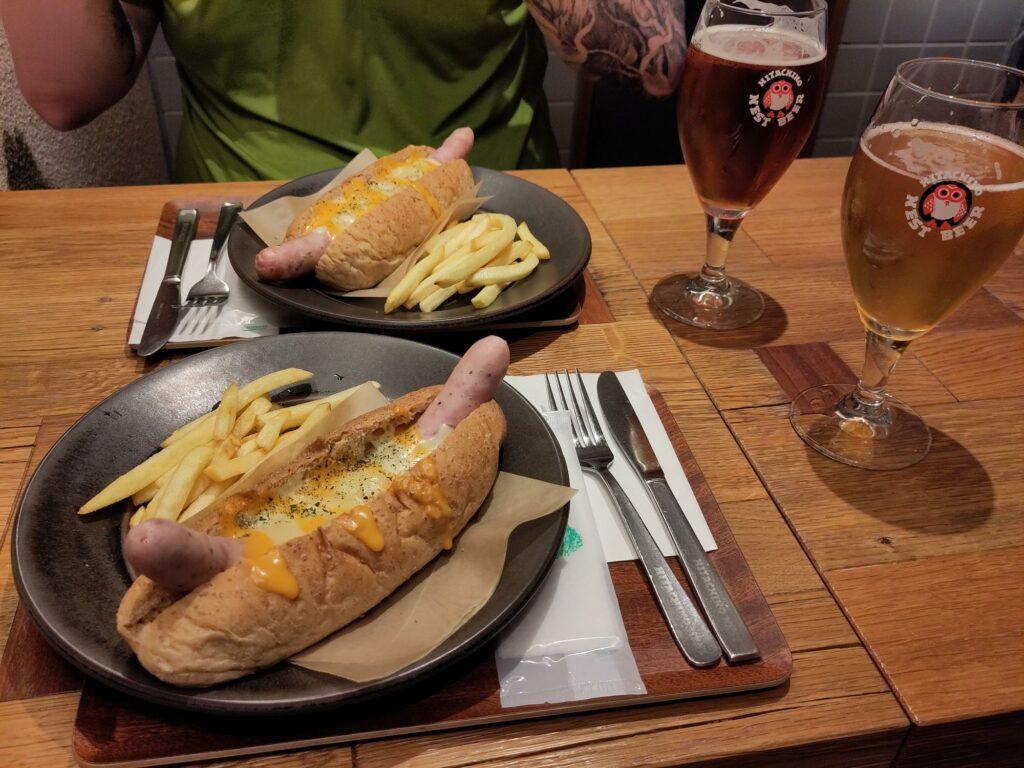
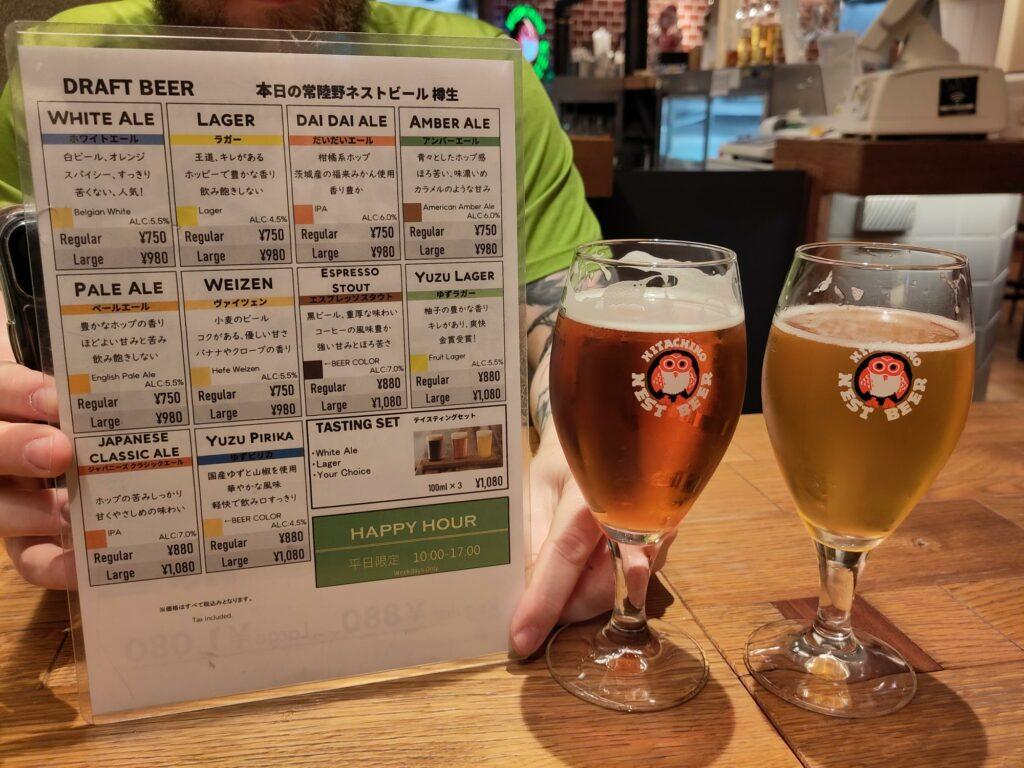
After this meal, we headed to Tokyo Station basement, which is known as “chara street” (character street), because a few alleys are made of otaku shops where you can find goodies of your favorite pop culture characters, like Mofusan, Jump, Pokemon, Gudetama…
We also discovered a Don Quijote totally dedicated to sweets, where we found new flavors of Kit Kat not seen elsewhere, and another Don Quijote selling only drink and alcohol, where we found some very nice sake in aluminium bottles (great for taking back home in your luggage).
Finally, we looked for the second location of Hitachino Nest beer, in Tokyo Station, so we could try another beer and have a dessert. This second location was difficult to find, as it required to go out of the station and use an outside escalator.
(*) Price in € based on the conversion rate at the time of our trip, in May/June 2023
